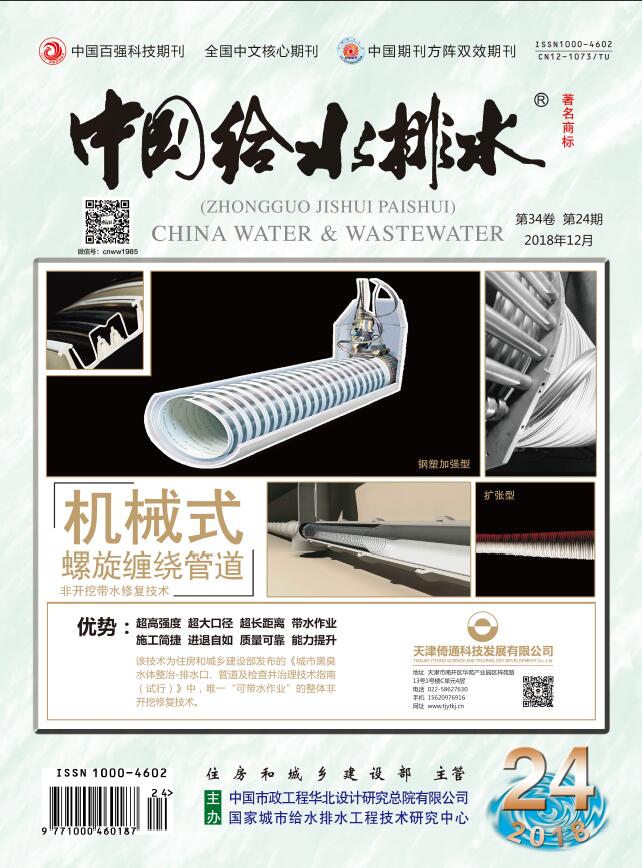YANGFang-xu,FANGZhi-ke,ZHUXi-ting,et al.Mechanism of Arsenic Removal and Optimization of Emergency Treatments for Drinking Water under Potential Risk of Arsenic[J].China Water & Wastewater,2025,41(3):28-34.
Mechanism of Arsenic Removal and Optimization of Emergency Treatments for Drinking Water under Potential Risk of Arsenic
China Water & Wastewater[ISSN:1000-4062/CN:12-1073/TU]
volume:
第41卷
Number:
第3期
Page:
28-34
Column:
Date of publication:
2025-02-01
- Keywords:
- arsenic removal; coagulation; pre-oxidation; in-situ formed Fe; full-scale test
- Abstract:
- As the core of urban water supply system, water plants need to take effective emergency measures to deal with the risk of arsenic pollution. In this study, coprecipitation of arsenic with polyaluminum chloride (PAC), polyferric sulfate (PFS) and in-situ formed Fe coagulant were studied. The removal effects of different concentrations of As(Ⅴ) and As(Ⅲ) were measured, and the dosage of coagulant was optimized. The high-efficiency removal ability of arsenic by iron coprecipitation was verified by jar test and full-scale test, and the arsenic removal mechanism of PFS and in-situ formed Fe was analyzed and verified by SEM and XPS methods. The results showed that the iron coagulant had excellent removal efficiency on As(Ⅴ), in-situ formed Fe process had the same effect as PFS, and the pre-oxidation+PFS process and in-situ formed Fe process had great removal effect on As(Ⅲ). In the full-scale test of five water plants in C city, the pre-oxidation + PFS process successfully coped with the arsenic pollution of up to 26.8 μg/L, and the arsenic concentration in the treated water was stable within 4 μg/L, which provides valuable experience for the emergency treatment of arsenic pollution in water plants.
Last Update:
2025-02-01

